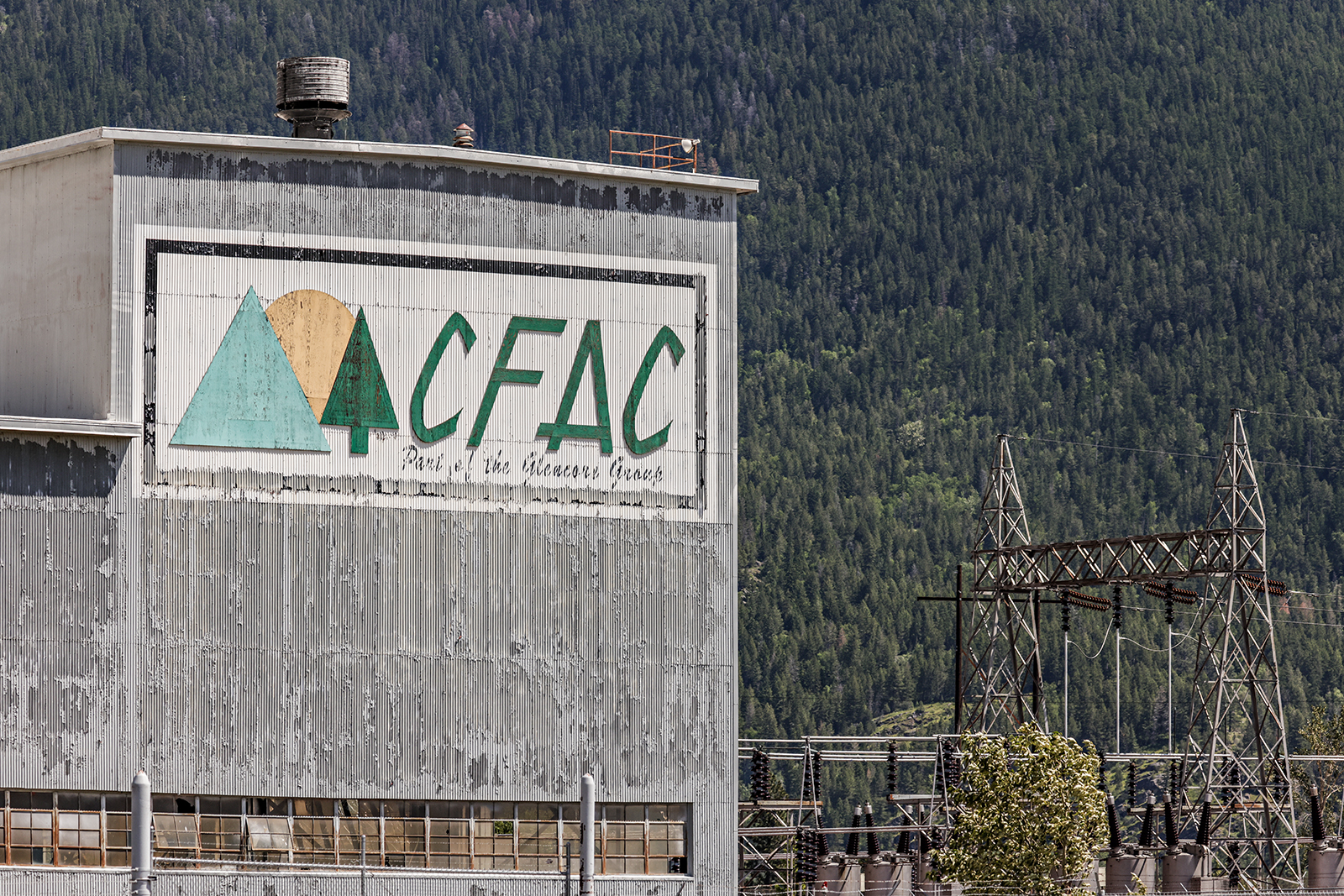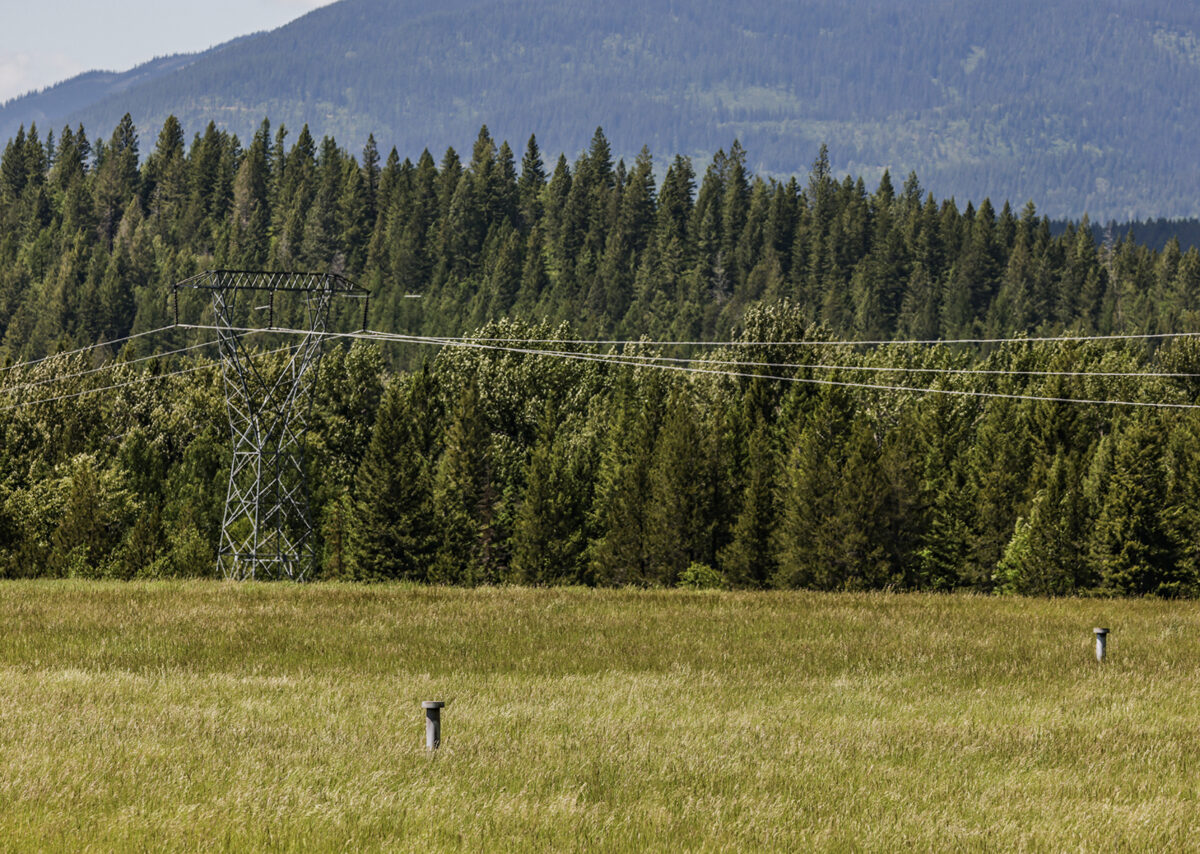CFAC Stakeholders Release Natural Resource Damage Assessment of Superfund Site
Separate from the shuttered aluminum plant’s federal cleanup plan, state, tribal and federal trustees are seeking a "baseline" restoration of the contaminated site while taking steps to quantify and recover damages from corporate polluters. A public meeting to discuss the draft assessment plan is set for next week in Columbia Falls.
By Tristan Scott
Early this year, the U.S. Environmental Protection Agency (EPA) issued its long-awaited record of decision finalizing a cleanup plan for the Columbia Falls Aluminum Company (CFAC) Superfund site. Now, trustees with the Montana Justice Department’s Natural Resource Damage Program are accepting public comment on a draft proposal to quantify damages from the corporate entities responsible for the toxic contamination at the shuttered aluminum plant along the Flathead River.
Separate from the shuttered aluminum plant’s federal cleanup plan, the Justice Department allows state, tribal and federal trustees to seek “baseline” restoration of the contaminated site and sue corporate polluters for damages. The Montana Natural Resource Damage Program, acting on behalf of Gov. Greg Gianforte, last year joined the Confederated Salish and Kootenai Tribes (CSKT) as well as two federal natural resource trustees, the U.S. Departments of Interior and Agriculture, to “assess the severity and magnitude of natural resource injuries resulting from hazardous substance releases” at the CFAC site, as well as determine whether and how to recover them. The trustees initiated the settlement process in January 2024 by releasing a pre-assessment screen.
Under the National Priorities List Comprehensive Environmental Response, Compensation and Liability Act (CERCLA), a pre-assessment screen is the first step in the process to determine whether the trustees can make a successful claim and should proceed with a natural resource damage assessment (NRDA) for the site.
“When hazardous substances harm natural resources or resource services that are held in trust for the public, federal and state laws provide mechanisms that authorize natural resource trustees to seek compensation from potentially responsible parties (PRPs) for those injuries,” according to the pre-assessment screen, which explains that the determination is based on five criteria, including whether a release of a hazardous substance has occurred.
The pre-assessment screen determined that releases of hazardous substances have occurred, and identified the responsible parties in this case as CFAC, Glencore and the Atlantic Richfield Company (ARCO).

The trustees took the next step in the process last week by publishing the draft CFAC damage assessment plan. In it, the trustees describe their formula for determining and quantifying injuries and damages to natural resources associated with hazardous substances at the Superfund site.
Kathleen Hausrath, lead counsel for the Montana Natural Resource Damage Program, said the settlement process doesn’t interfere with or affect CFAC’s requirements to continue to perform remediation work under Superfund, subject to EPA oversight and with consultation from the Montana Department of Environmental Quality (DEQ).
“This natural resource damage assessment process is separate from EPA’s proposed remediation plan to clean up the CFAC Superfund site,” she said. “The natural resource damages are the residual of the impact from the hazardous substances that will not be addressed by a final cleanup remedy.”
The Montana Natural Resource Damage Program works on behalf of the governor to recover natural resource damages for Montana. Since its inception in 1990, the program has recovered more than $275 million in natural resources damages for sites across the state.

Located two miles northeast of Columbia Falls on the Flathead River, the CFAC site was once home to an aluminum reduction facility. The primary contaminants of concern are fluoride, cyanide and various metals.
From its famous opening in 1955 through the boom years of the 1960s and ’70s, the facility fueled this rural corner of Montana with over 1,500 jobs — almost half the population of Columbia Falls in those days — and millions of dollars in new economic investment. The plant closed in 2009, putting hundreds of employees out of work. The EPA declared it a Superfund site in 2016.
Approximately 40 chemicals have been identified as contaminants of potential concern at the site, including cyanide, fluoride, arsenic, and polycyclic aromatic hydrocarbons (PAHs).
To learn more about the trustees’ proposal for determining and quantifying injuries and damages to natural resources associated with hazardous substances at the CFAC site, the draft assessment plan is available here. Written comments must be submitted by July 23 at 11:59 p.m. and should be emailed to: [email protected] under the subject line “CFAC Draft Assessment Plan.”
In addition, the trustees will hold a public meeting to discuss natural resource damages at the CFAC site and present the draft assessment plan on Tuesday, June 10, at 6 p.m. at The Hub Downtown at 533 First Ave. E. in downtown Columbia Falls. There will also be a remote option to attend the meeting via Microsoft Teams.